spotlight series
RYAN MAHONEY | RIO VISTA, CALIFORNIA
Drawing on the experience of five generations of sheep farmers before him, Ryan Mahoney doesn’t take the task of ranching lightly. As the owner-operator and ranch manager at Emigh (pronounced Amy) Livestock, a 150-year-old ranch in Rio Vista, California with 1,450 mother cows and 4,000 ewes, Ryan is proud of the role his operation plays in his family life, his professional life, and in the community that surrounds him.
He took the time to talk with the American Wool Council about life on the ranch, how grazing sheep make for a healthy eco-system, and his recent decision to join the American Sheep Industry Association’s Wool Council as a representative from California.
A: I was raised on the home ranch where my great-great-grandfather started in the 1870s. We still operate and run livestock on that property. I’m fifth generation, and I plan to have the sixth and seventh generations on the same land, so sustainability needs to be at the forefront of our decision-making and business practices.
We believe in making healthy long-term decisions so we recently took the opportunity to market our wool as “climate beneficial wool,” which means it’s a fiber produced as a renewable resource that sequesters, rather than emits carbon. One of the first steps to earn that designation was to do a carbon farm plan. We based our plan on what we’ve been doing for 150 years and were happy to be verified climate beneficial within the first year. A sustainable operation equals a healthy animal and that’s just good economics.
I owe it to my family and to future generations to maintain this land and to do it sustainability. We’re stewards of the land trying to work with nature. We’re not industrialists trying to take the land.
Q: When it comes to preventing wildfires, local communities throughout California are rediscovering the value of grazing. How does grazing sheep aid in forest fire prevention?
A: We’re in a grassland operation, we graze sheep around all of our buildings and structures to mitigate fire risk around the property. Using the sheep to mow down the dry grass creates a natural fire buffer without having to turn on a tractor and fire diesel fumes into the air. But beyond our property, I have many friends who use their sheep in both urban and forested areas to help with wildfire management. When you use sheep to mitigate fire risk, they’re actually trimming down the fire load — what the sheep do is they eat through the dense grasses and can reduce the fuel load by 70% to 80%. When so much of that dense foliage has been eliminated the fires don’t have anything to rip through in the dry summer months.
California is having the worst fires in history — we have got to manage fuel load. The most sustainable way to do that is to do it through grazing. We could engage in brush cleaning, controlled burns, or clear cutting. But using a shepherd and sheep is the most common sensical way to really get into the hard to reach places.
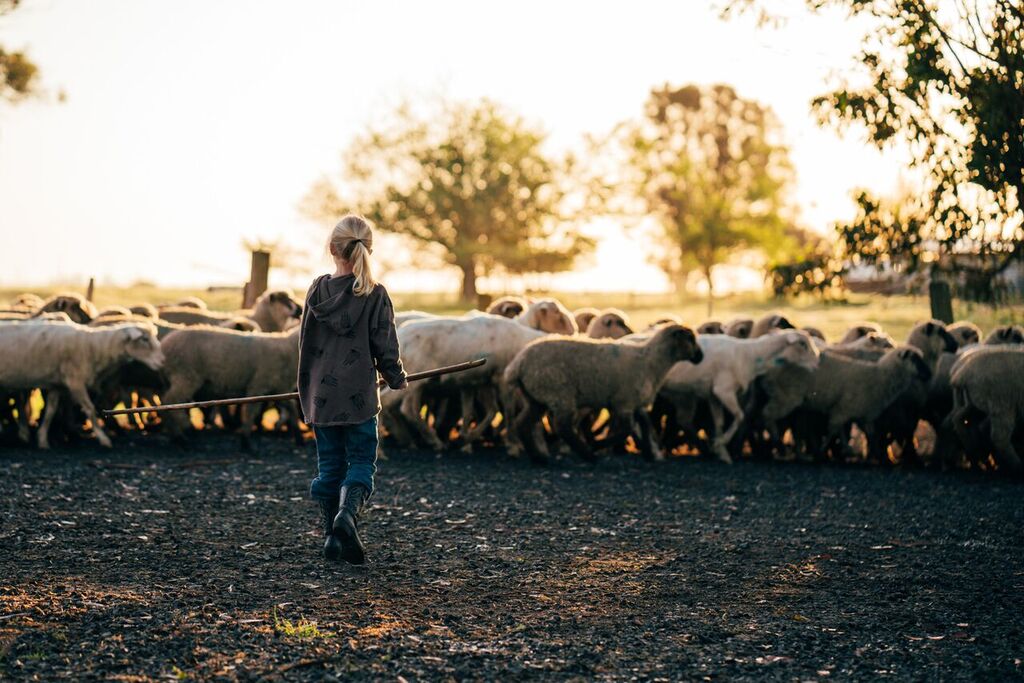
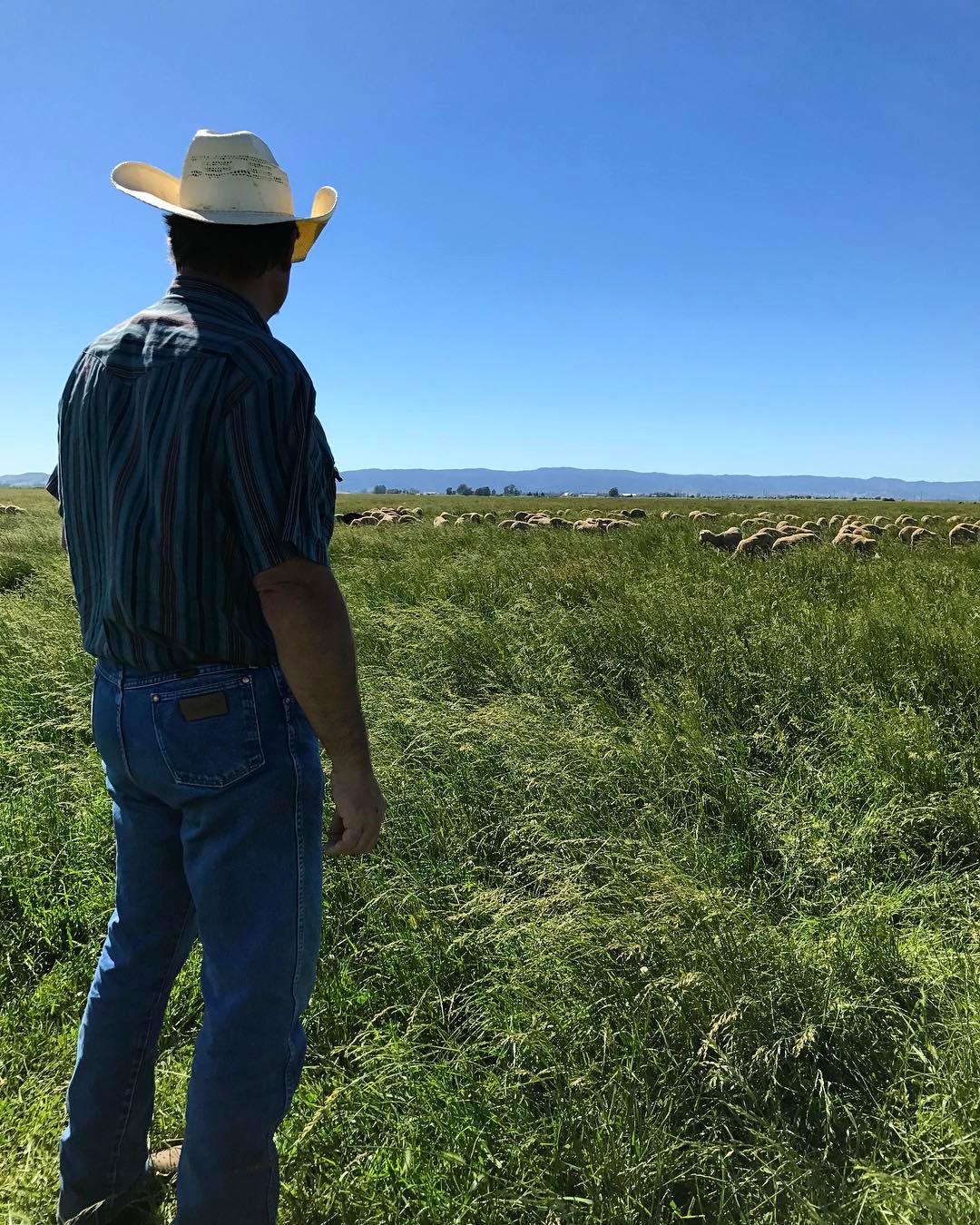
Q: When it comes to preventing wildfires, local communities throughout California are rediscovering the value of grazing. How does grazing sheep aid in forest fire prevention?
A: We’re in a grassland operation, we graze sheep around all of our buildings and structures to mitigate fire risk around the property. Using the sheep to mow down the dry grass creates a natural fire buffer without having to turn on a tractor and fire diesel fumes into the air. But beyond our property, I have many friends who use their sheep in both urban and forested areas to help with wildfire management. When you use sheep to mitigate fire risk, they’re actually trimming down the fire load — what the sheep do is they eat through the dense grasses and can reduce the fuel load by 70% to 80%. When so much of that dense foliage has been eliminated the fires don’t have anything to rip through in the dry summer months.
California is having the worst fires in history — we have got to manage fuel load. The most sustainable way to do that is to do it through grazing. We could engage in brush cleaning, controlled burns, or clear-cutting. But using a shepherd and sheep is the most commonsensical way to really get into the hard-to-reach places.
Q: But, is sustainable grazing economical?
A: It is! Sustainability and economic well-being are intertwined. Because when you’re using sheep to clear problem areas, grasslands, or really any habitat it’s truly a 360° solution — the sheep are eating that grass and turning it in to energy which helps them grow wool. So, could you just buzz the grass with a mower? Sure, but when sheep are involved you’re really taking the sustainability factor to the next level because they’re using the grass they’re eating and converting it into energy to produce something else, whether it be wool growth or consumable proteins.
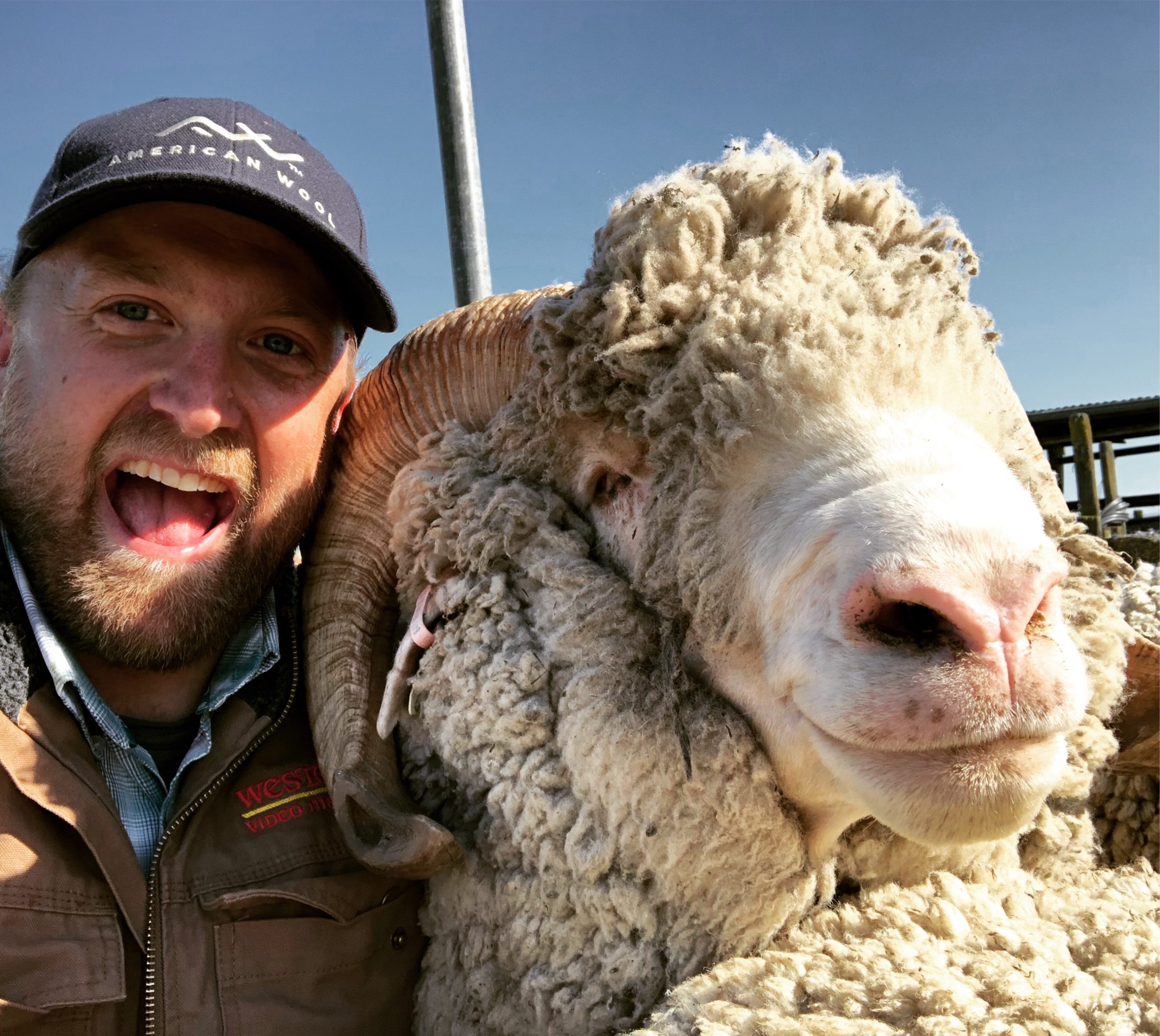
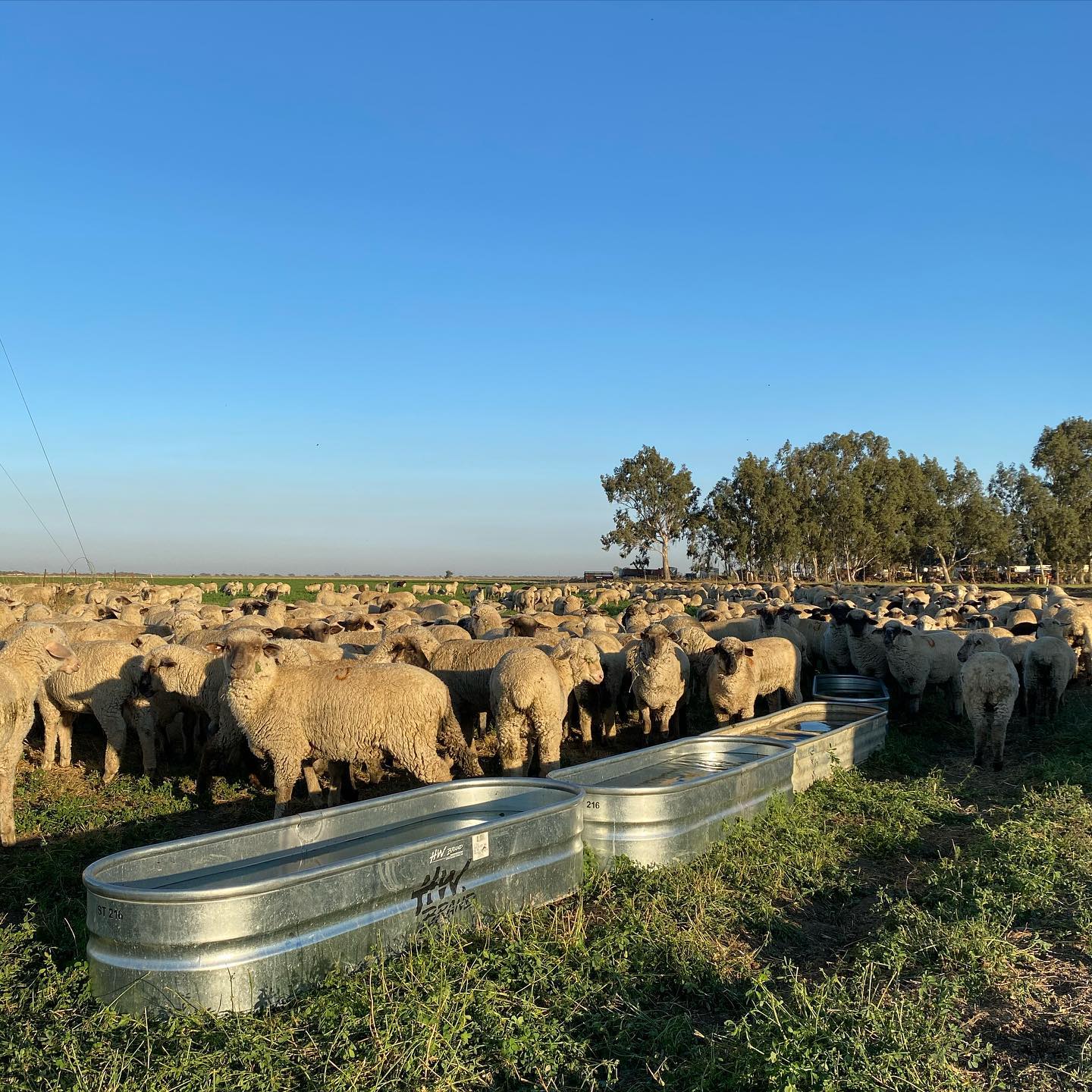
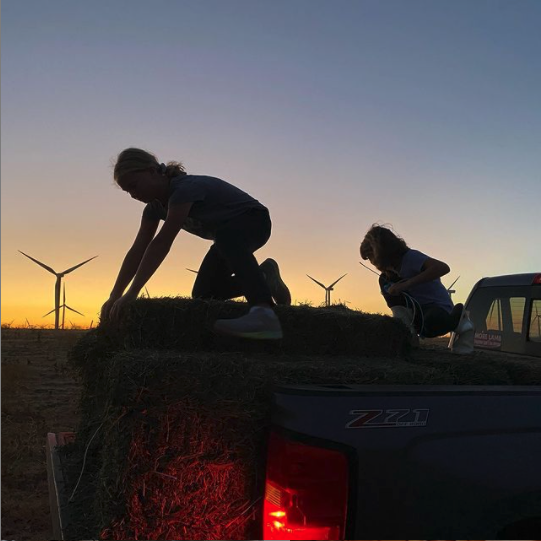
Q: So you’re carbon farmers. What does that mean?
Carbon farming is farming with the goal of sequestering more carbon than your operation emits — to take excess carbon out of the atmosphere and store it in the soil where carbon helps plants grow. For my operation, moving away from commercial fertilizer in the mid-2000s and my family’s emphasis on livestock water management and grazing rotation were huge in helping us be carbon sequesters. Our next project will probably be a habitat development or hedgerow planting. We can tackle small changes on an annual basis to work on sequestering more and more carbon.
Some of the best things to do if you want to sequester more carbons are:
- Look for more ways to incorporate organic matter into the soil — the easiest way to do that is with some sort of compost product
- Hedgerow planting
- Focus on water management
- Rotating grazing livestock with special attention to rest days
With my grandfather’s help, we got a jumpstart on carbon farming more than one hundred years ago. He was big on developing water trough systems, which are huge carbon sequesterers. We power a lot of troughs through wind and solar, preventing livestock from drinking out of stock ponds and streams, instead leading them to clean, freshwater troughs. The windmills went in in the 1900’s — the biggest problem is that the wind doesn’t blow on the hottest days of the year when the water demand is the highest.
Q. What’s one thing that you’ve seen change since you were old enough to wear boots?
A: The internet. I’m on Instagram and the amount of engagement with people who want to know how fiber is grown always amazes me. It’s great for our industry to be able to share stories, photos and facts about how we operate. Farms and ranches have been largely disconnected from urban communities. People didn’t know where products came from. So I view the internet as an amazing opportunity to share and educate people.
Q. This year you were appointed to the Wool Council as one of the two representatives from California. Why did you decide to serve?
A: My name was put forward by our state association, and I was asked to serve. My main responsibility is to represent my region, which consists of California, Oregon, and Washington. But I agreed because I’m passionate about wool — I naturally find myself talking to folks about the benefits of wool. I want to help further the American Wool industry both domestically and internationally and work to amplify the message around the benefits of wool.
Q. What are some things you’ll be focusing on in this new role?
I believe we need to help producers with education to understand all they can about their wool’s strengths and weaknesses. Only by understanding their product better, can they improve their wool clip and improve the American Wool brand overall.
